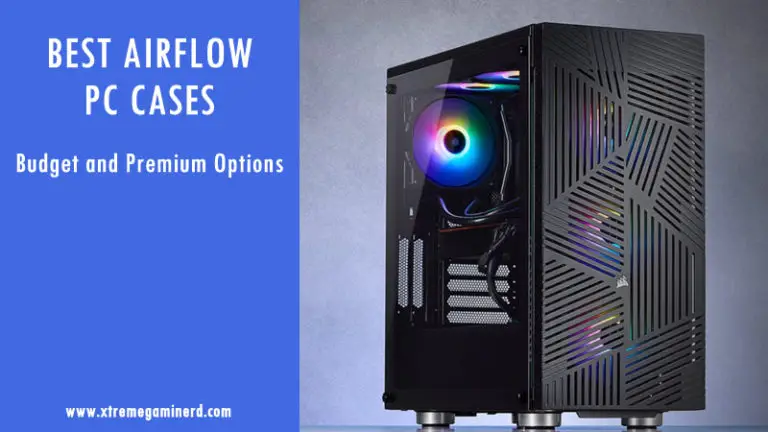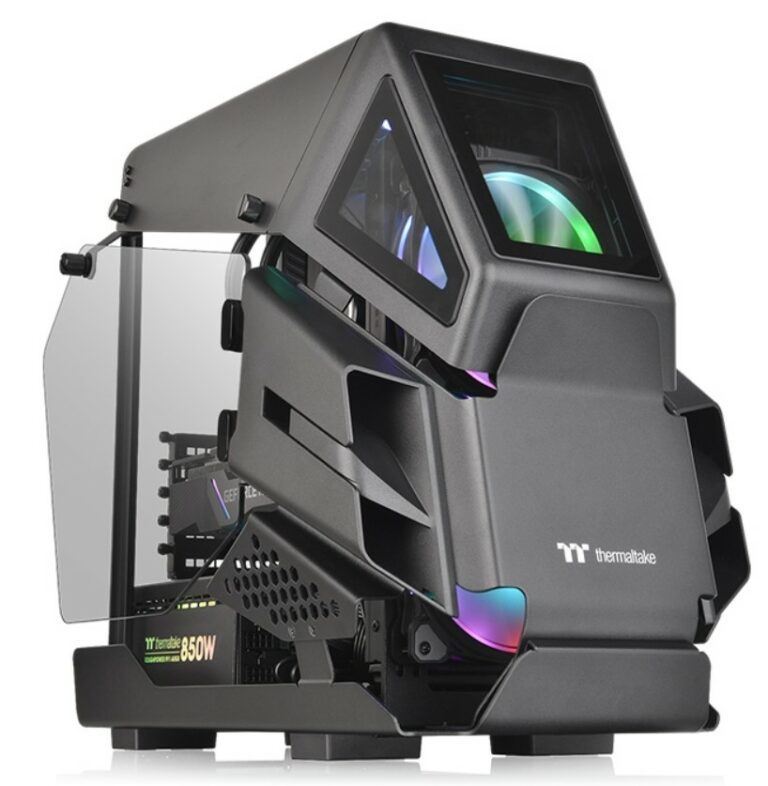
It also fell apart easily due to poor overall construction and assembly quality. The H500P was a colossal failure for Cooler Master that also became a relationship ruiner for us, and it was all for the simple reason that Cooler Master tried to trade on the respected HAF branding with a case that was anything but high airflow. The largest flaw we noticed with the case was that there’s not quite enough room for all three 140mm ARGB intake fans to be mounted on the outside of the chassis, so they have to be mounted on the inside instead, partially hidden by the fan mounts. How viable this is becomes questionable, as you’ll see in our Evolv X review (it’s the same solution), but it’s one of the few differentiating features among cases at this price point. Additional unique features include the separately-purchased mini-ITX mounting bracket, which technically allows the assembly of two systems inside of one case. The P500A has inherited some Phanteks premium features, like the plastic screw sorting box that they include. If the clearances in the smaller P400A are a problem that the P500A can solve, the extra $30 is worth it, and thermal performance is as good or moderately better than the P400A’s.

The biggest (no pun intended) advantage over the other Phanteks cases listed here is size. The Digital version has impressive thermal performance in every category, especially GPU thermals, and it briefly topped the chart for noise-normalized thermals before the addition of the Lancool II Mesh. The $100 P500A non-Digital with two 140mm fans should be a pretty good deal too once it releases, pushing Phanteks into competition with its own P400A. Like with the P400A, we’re again talking about the Digital RGB variant here. The next one is the Phanteks P500A Digital RGB case, which is one of the newest two cases on the list. Budget ($100) Phanteks P500A Digital RGB ($130) We will also link to each case’s retail page, where we may make a small commission if you purchase the product from the retailer (this comes from the retailer, a third-party, not from the manufacturer).


#2019 best computer case for airflow atx full
If there’s one you like in particular, we’d encourage checking out its accompanying full review. We won’t be talking thermals or build quality as in-depth as we do for individual case reviews, so we’ve linked the relevant reviews for each case below. As always, let us know if there’s another case we should check out in the comments below. We have almost 300 rows of test data multiplied across about 7 sheets, so although we’ll be limiting ourselves to cases we’ve reviewed, that’s still a big list. Today, we’ll be covering some of our top choices-this isn’t our yearly best-and-worst cases roundup, it’s just a selection of airflow-focused cases with good value. Now the tide has turned again, and in 2020, we have more airflow cases than we know what to do with. As those cases aged and optical drives fell out of favor, front panel designs became increasingly clean and minimalistic, and therefore increasingly closed-off. That generally implies lots of mesh and lots of fans, like the classic Cooler Master HAF cases that adopted “high airflow” as a brand name. Over all the years that we’ve been doing case reviews, we’ve advocated for high airflow designs. Today is a round-up of the best airflow-focused cases currently out, which can also be tuned to be good acoustic performers by nature of unrestricted intakes.


 0 kommentar(er)
0 kommentar(er)
